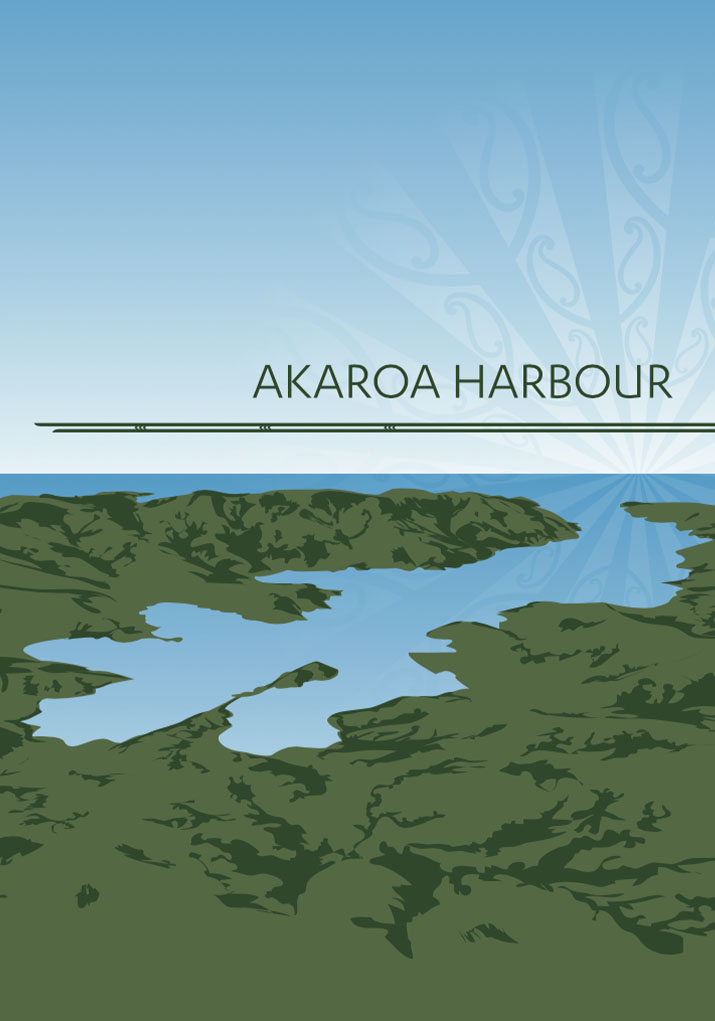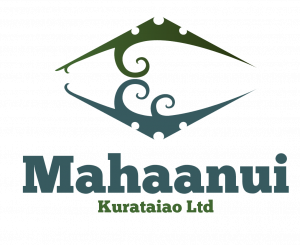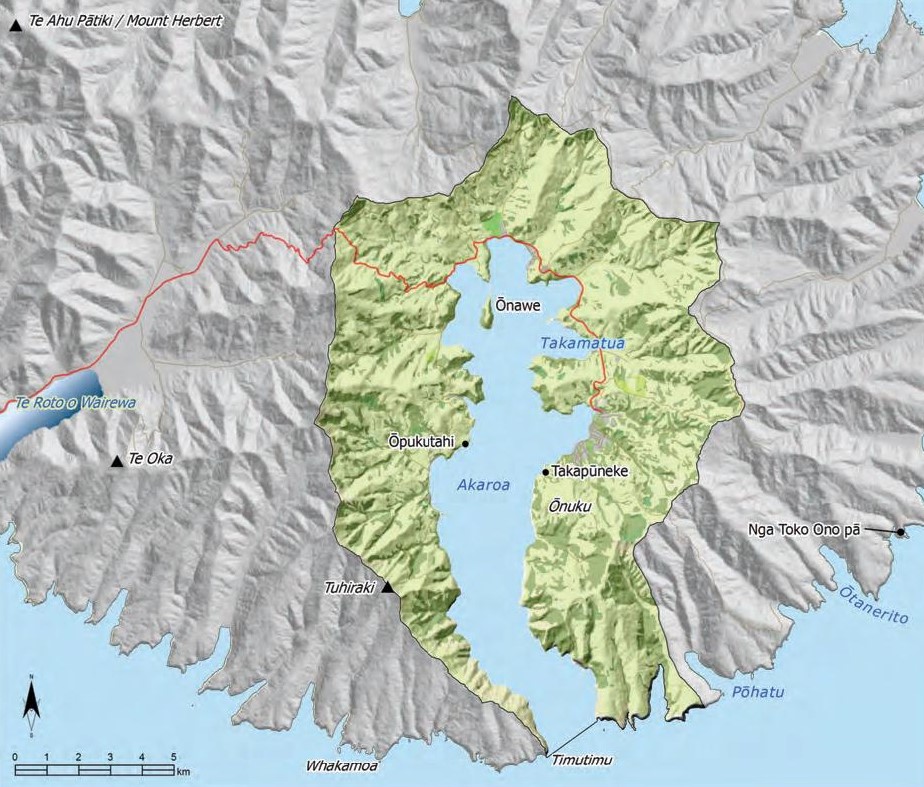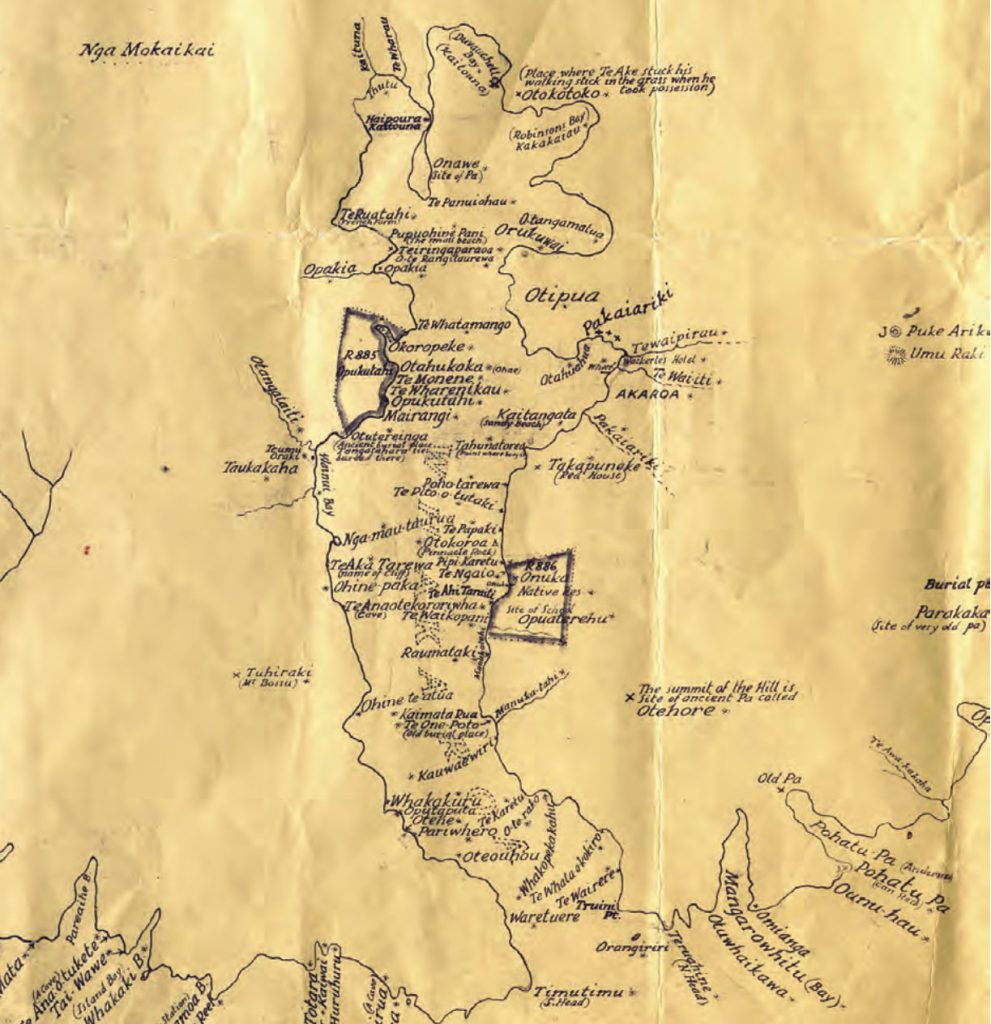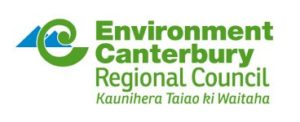Ngā Kaupapa / Policy
Reducing volume of wastewater
A1.1 To support incentives and initiatives to reduce the
volume of wastewater entering the system, as per
general policy on Waste management (Section 5.4,
Issue P7), including but not limited to:
(a) Requiring on site stormwater treatment and
disposal to avoid stormwater entering the
wastewater system.
Discharge to land
A1.2 To require the elimination of the discharge of
wastewater to Akaroa Harbour, as this is inconsistent
with Ngāi Tahu tikanga and the use of the harbour as
mahinga kai. This includes:
(a) Direct discharge from treatment plants;
(b) Indirect discharge via land (run-off), surface
waterways or groundwater; and
(c) Wastewater coming back into harbour with tides
and currents (if pumping out of harbour via
pipeline).
A1.3 Wastewater should be treated and irrigated to land;
subject to the following conditions:
(a) Effluent is treated to the highest possible
standard;
(b) The land used as a receiving environment is
suited to the nature and volume of discharge, to
avoid run off or groundwater contamination;
(c) The land used as a receiving environment is
used productively, in a way that is conducive
to assimilating waste, such as native or exotic
timber plantation; and
(d) Monitoring programs include both water and
soil, and include clear strategies for responding
to negative monitoring results.
A1.4 To assess potential sites for discharge to land with the
following considerations:
(a) Cultural landscape values;
(b) Slope of site;
(c) Proximity to surface waterways, wetlands,
waipuna;
(d) Proximity to coast;
(e) Type of soil (assimilative capacity); and
(f) Current and potential land use.
Treatment plants
A1.5 To avoid locating a wastewater treatment plant at:
(a) Takapūneke;
(b) Near Ōnuku marae;
(c) Near waterways; or
(d) Near sites identified by tāngata whenua as
wāhi tapu.
Holistic Approach
A1.6 To adopt a holistic and creative approach to finding
a solution for wastewater management in the Akaroa
Harbour area, including but not limited to:
(a) Recognising and providing for the cumulative
effects of discharges on the harbour, as opposed
to assessing effects of individual discharges;
(b) Minimising the volume of wastewater produced
(Policy A1.1);
(c) Recognising and providing for future urban
growth and rural land use change;
(d) Providing increased weight to cultural, social and
environment costs and benefits, including costs
to future generations; and
(e) Affording equal weighting to those cultural
effects that may be intangible (e.g. effects on
tikanga) with effects identified and measured by
western science.
A1.7 If no local solution to wastewater can be found, then
wastewater should be transported to Christchurch
City and discharged via the existing ocean outfall.
Consent terms and monitoring
A1.8 To support the granting of short term consent of
no more than 5 years, for renewal of consent for
the discharge of wastewater to the harbour, to
enable investigation, evaluation and development of
discharge to land options.
A1.9 To require regular monitoring of the cultural health of
the harbour, including sampling of kaimoana species
at locations, until discharges of wastewater to the
harbour cease.
